Mordanting is a fundamental step in the natural dyeing process that ensures the vibrant colours from plant-based dyes bond effectively to your fabric. Whether you’re dyeing cotton, wool, or silk, mordants play a crucial role in achieving long-lasting, rich hues. But what exactly are mordants, and why are they essential? In this beginner’s guide, we’ll explore mordants, how they work, and why understanding mordanting is key to your natural dyeing success. From the science behind mordanting to the types best suited for different fabrics, this article will give you the foundational knowledge to elevate your natural dye projects and create stunning results.
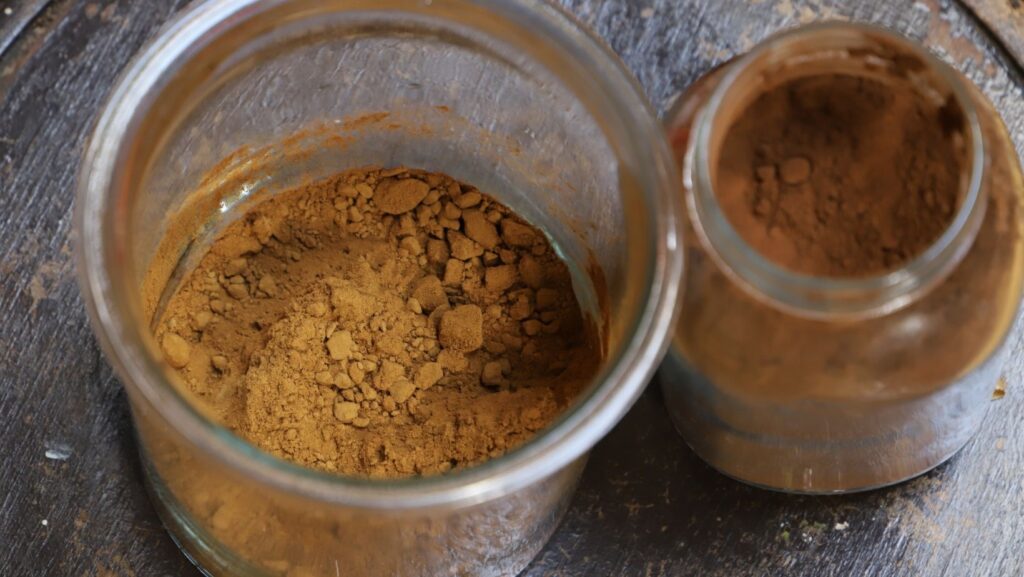
What is Mordanting?
‘Mordanting’ is the action of applying a ‘mordant’ to a natural fibre. A mordant is an ingredient that helps the dye bind to the fibre.
Mordanting, along with ‘scouring’, is a fundamental step in the natural dye process. It sets you up for successful colour results. Incorporating mordanting into your natural dye practice can be the difference between colours that delight and colours that disappoint, fade or wash out.


Understanding Mordants: What Are They and Why Do We Use Them?
Mordants are made from naturally occurring ingredients or substances that help the dye form a chemical bond with the fibre. Mordants can come in the form of metallic mineral salts like alum, iron, copper, chrome, or tin. Alternatively, a more eco-friendly option is plant-based ones, which are derived from natural plant sources high in tannic acid.
These magical ingredients have several important functions:
- Enhancing colour fastness
- Helping natural dye bind to the fibre
- Improving colour vibrancy
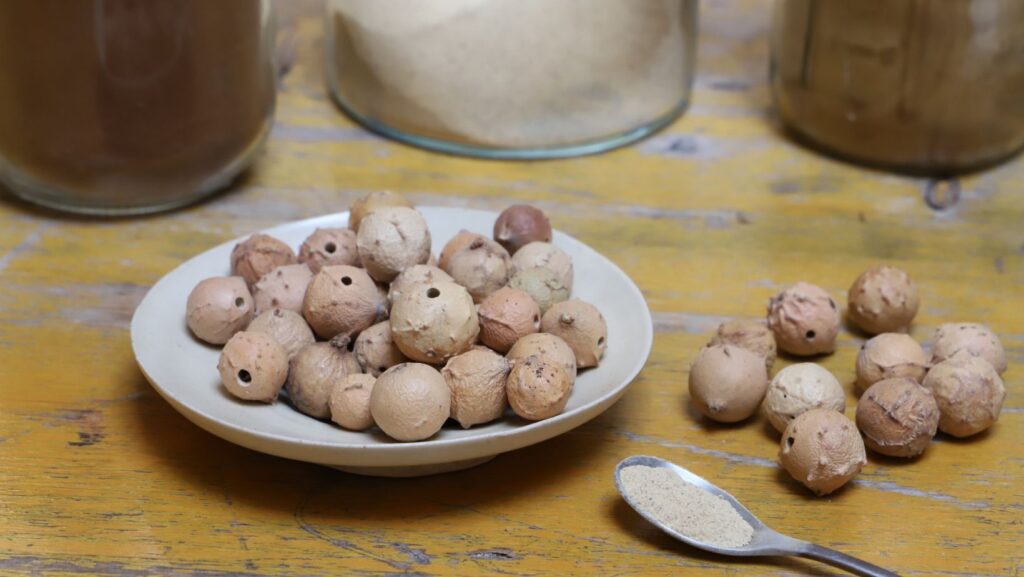
Why is mordanting confusing?
I remember when I was learning how to dye naturally for the first time; mordanting was somewhat overwhelming. When choosing a mordant for your fibre type, this is where the confusion enters. There is a wide range of mordants, from metallic mineral salts to natural plant-based mordants.
Natural dyers will often have their preferred method of mordanting which might differ from one dyer to another. The type of mordant you choose depends on the fibre you work with & your preferences. Some mordants work only on protein fiber, while others work on both types. A few mordants need an additional additive or step, while others are simple in their application.
To make things even more complicated, some mordants are both a mordant and a dye. Meaning, they will mordant your fibre while adding colour at the same time!
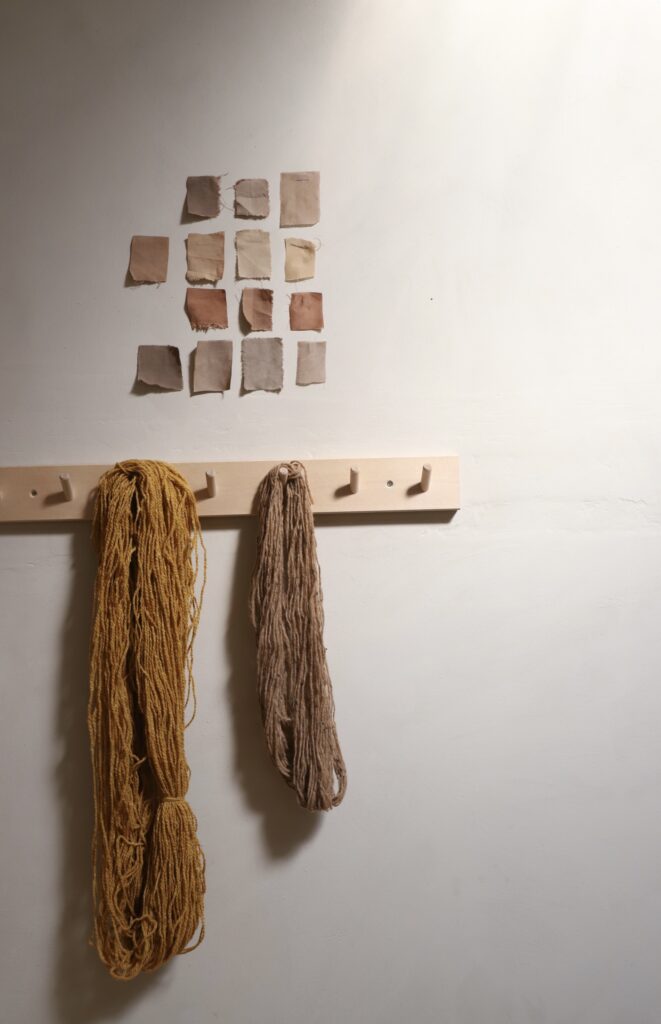

Types of Mordants for Natural Dyes
Plant Based Mordants:
Thankfully there is a wide range of plant-based mordants right under our noses, rhubarb leaves, chestnuts, oak galls, sumac, and many many more. These plant sources are high in tannin acid & this acts as a naturally occurring mordant that binds the colour to the fibre. These types of mordant will often impart a warm, soft base to your fibres and add depth to the finished piece.
Metallic Mineral Salts:
When it comes to metallic mineral salt mordants, your options are alum, iron, copper, chrome & tin. Copper, chrome & tin are heavy metals so I tend to avoid these in my studio. Alum & iron are safe to use when handled & disposed of with care.
When using alum & iron, alum will brighten & lift your natural colours while iron will ‘sadden’ or ‘dull’ colours. However don’t be put off by the words sadden or dull as iron can have a dramatic impact on the range & depth of colours possible.
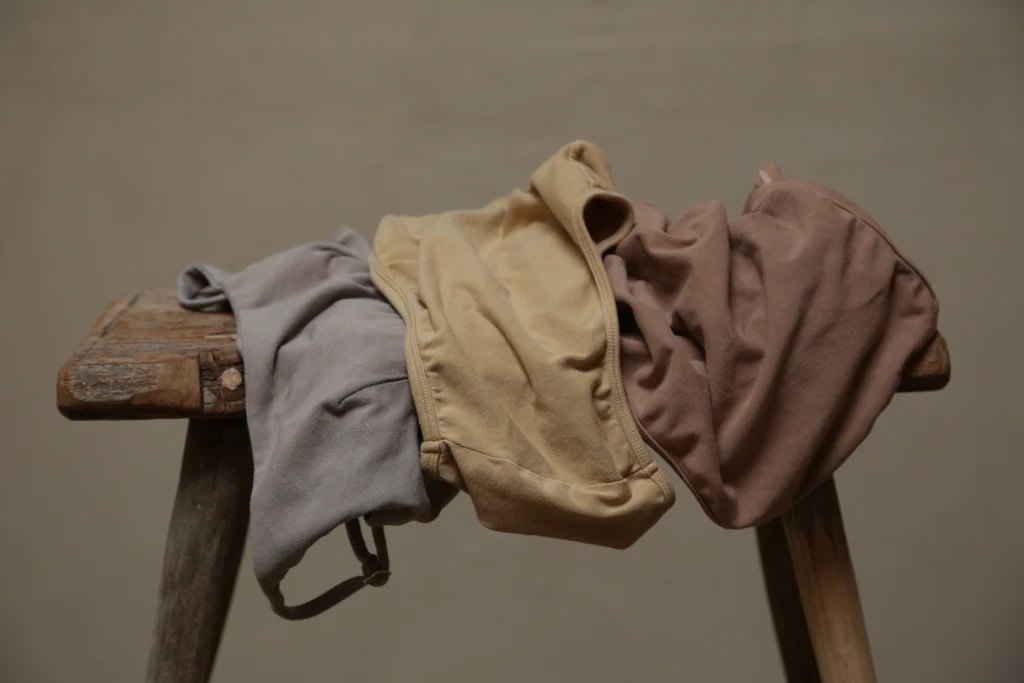
How do I know which mordant to use?
With so many options to choose from, the type & method of mordanting you choose will depend on two things, the type of fibre you are dyeing & your personal preferences. As a natural dyer I use alum for protein fibres and plant based tannin mordants for my cellulose fibre.
I encourage you to experiment & try a few different mordants and figure out which mordant and method of mordanting you enjoy most.
Conclusion: Take Your Natural Dyeing Skills to the Next Level
Mordanting is the key to unlocking the full potential of natural dyes, transforming simple fabrics into rich, vibrant, and long-lasting pieces of art. Whether you’re just starting out or looking to refine your techniques, mastering mordanting is crucial for consistent results.
If you’re excited to dive deeper into the world of mordanting, I invite you to join my Signature Natural Dye Course. In this course, I dedicate an entire module to the science, techniques, and secrets of mordanting, ensuring you have the skills to create stunning, durable colours. Plus, you’ll gain access to expert tips, live workshops, and a supportive community of like-minded creatives.
This ‘Foundational Natural Dye Course & Coaching’ opens once a year for enrolment & will open this January for registration.
Enrol now and take your dyeing to the next level!
I’d love to hear from you, what are your burning questions or biggest challenges around mordanting? Let know and I’ll write some more articles on the subject or mordanting.
x Kathryn
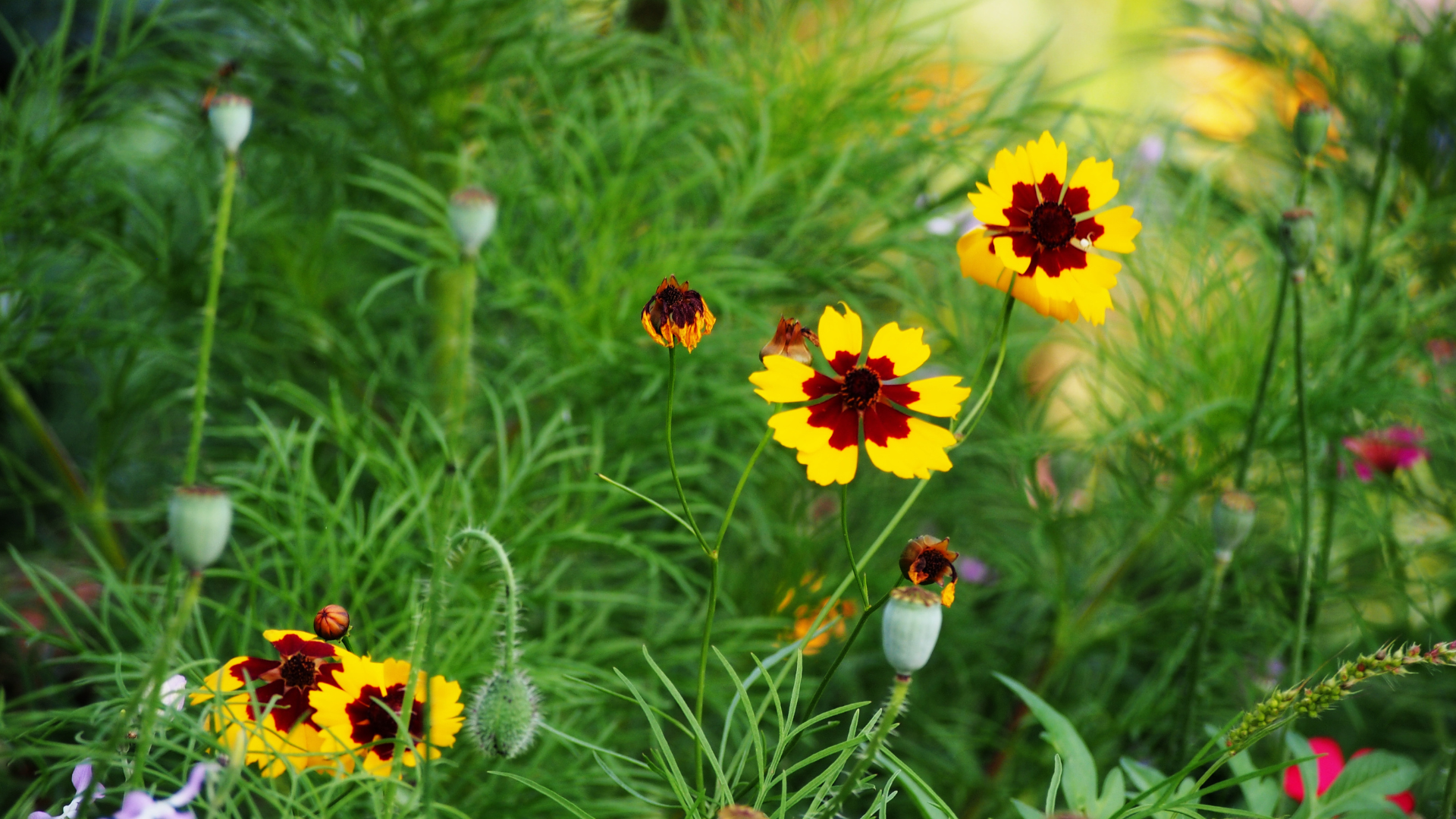
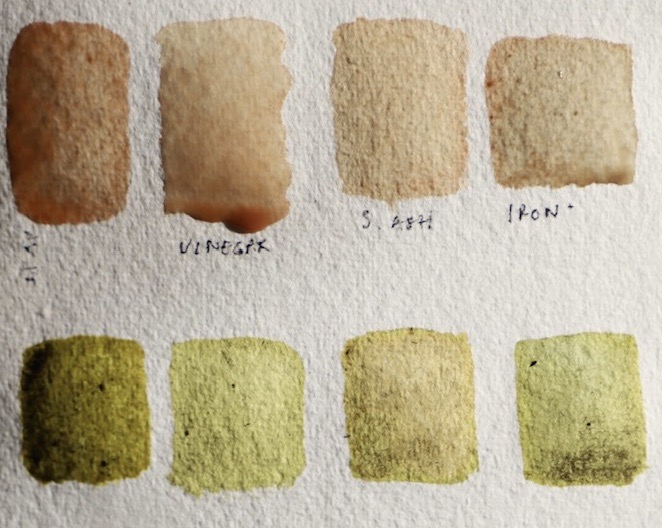
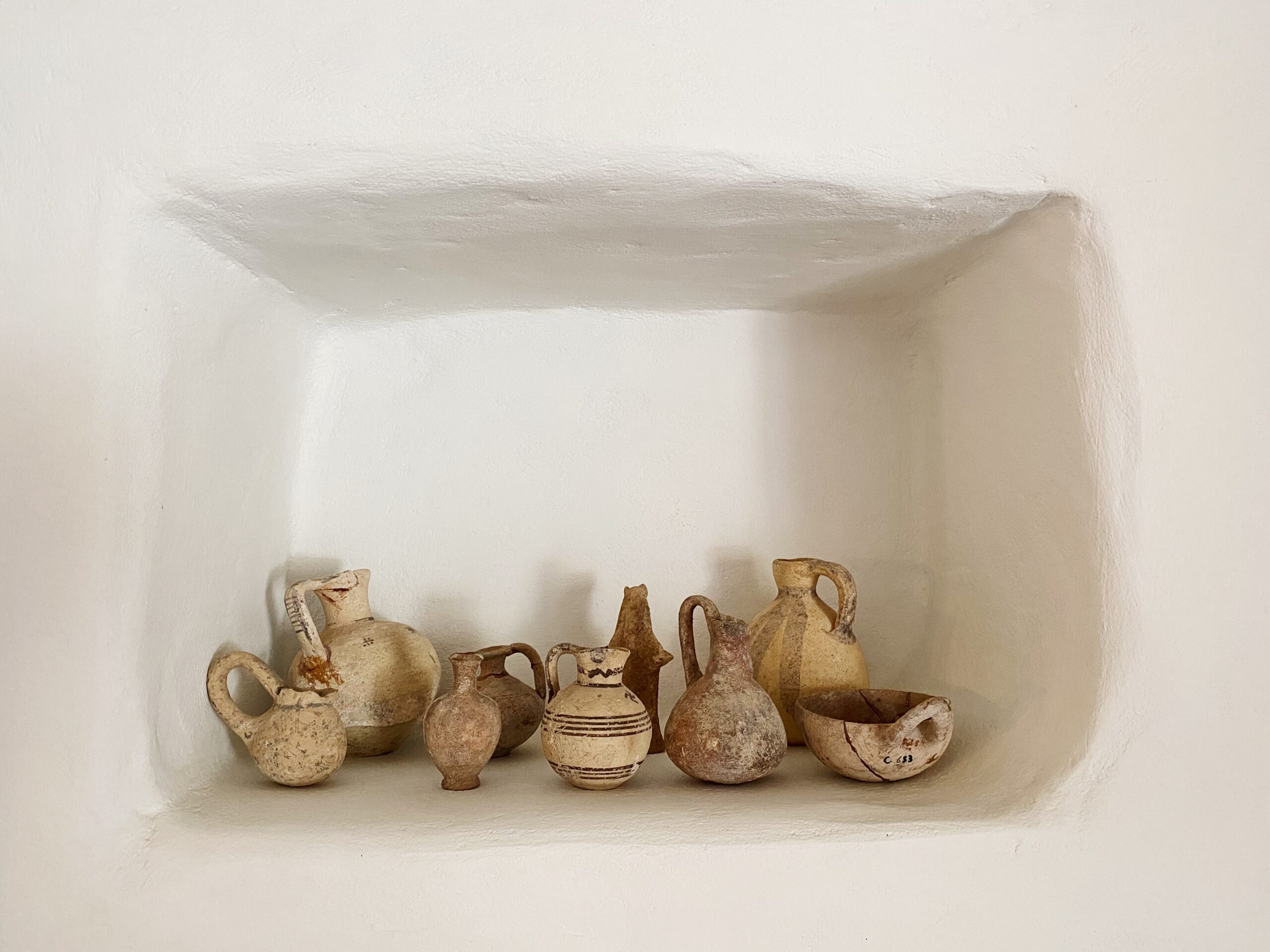
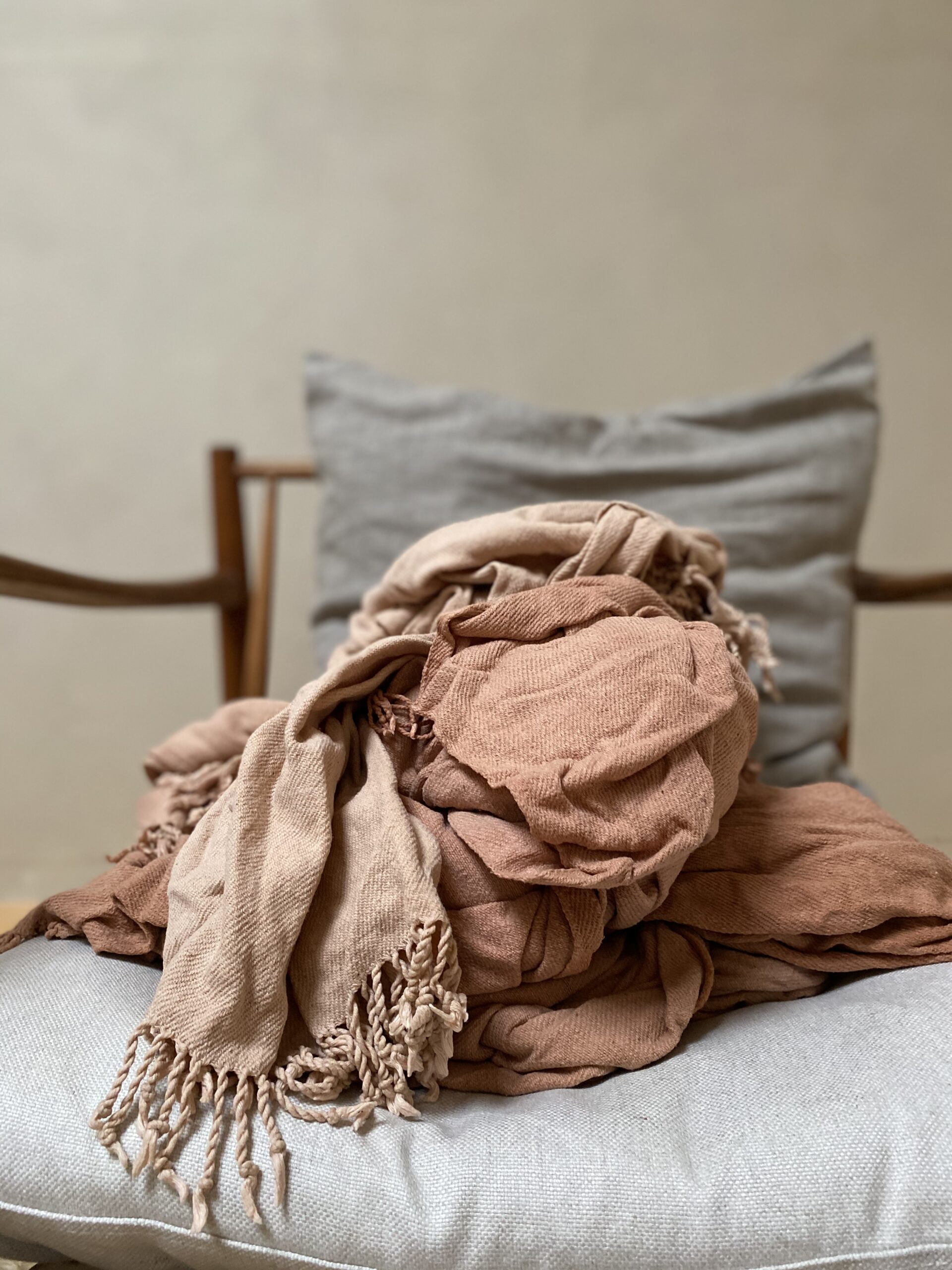


+ show Comments
- Hide Comments
add a comment